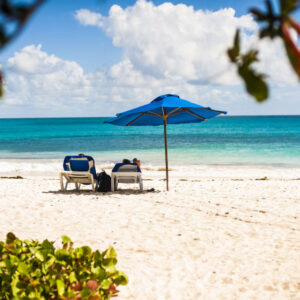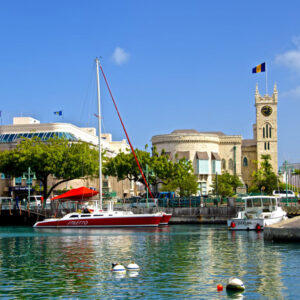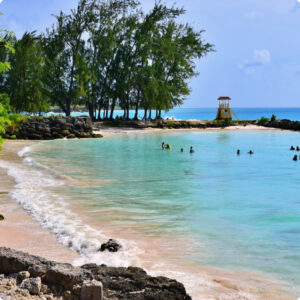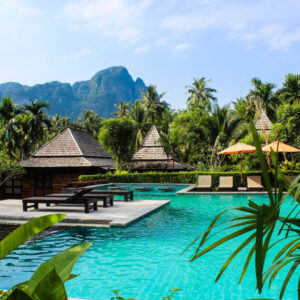The Iceland Blue Lagoon is a must-visit. It’s famous for its stunning, milky-blue waters.
This geothermal spa offers a unique experience unlike any other. But when is the best time to visit? Timing can make a big difference in your experience. Factors like weather, crowd size, and daylight hours all matter. Each season brings its own charm to the Blue Lagoon.
Whether you seek the midnight sun or the Northern Lights, planning your visit carefully ensures a memorable trip. Let’s explore the best times to enjoy this natural wonder.
Contents
Introduction To Blue Lagoon
The Blue Lagoon is a famous geothermal spa in Iceland. It is known for its milky-blue water. The water stays warm all year round. People visit to relax and enjoy the warm water. The spa is surrounded by lava fields. The view is stunning.
The water is rich in minerals like silica and sulfur. These minerals are good for the skin. Many visitors say their skin feels smooth after a dip. The Blue Lagoon also offers spa treatments. You can enjoy massages and facials.
The Blue Lagoon was created in 1976. It formed near a geothermal power plant. People started bathing in the warm water. They found it helped their skin conditions. In 1992, it became a public bathing area. Now, it is a top tourist attraction.
The lagoon is man-made but filled with natural water. The water comes from underground. It is heated by volcanic activity. The lagoon is renewed every 48 hours. This keeps it clean and fresh for visitors.
Peak Season
Summer months are the most popular for visiting Iceland Blue Lagoon. June, July, and August see the highest number of tourists. The weather is warm, making it a great time to enjoy the lagoon. Long daylight hours give more time to explore. Peak season means more crowds but also more activities.
Swimming in the lagoon is a must. The warm water is relaxing. Spa treatments are available for extra pampering. Guided tours help visitors learn more about the lagoon. Many people love to take photos here. The scenery is beautiful, with blue water and rocky surroundings. Summer months offer many choices for fun.
Off-peak Season
The best time to visit Iceland’s Blue Lagoon is during the off-peak season. Experience fewer crowds and lower prices. Enjoy a peaceful soak in the geothermal waters.
Winter Wonders
Winter is a magical time at the Blue Lagoon. Snow covers the ground and steam rises from the warm waters. The contrast is stunning. The lagoon’s warm waters feel cozy against the cold air. It’s a unique experience. Winter offers a peaceful atmosphere. Fewer people visit during this season.
Less Crowded Experience
Visiting in winter means fewer crowds. The lagoon is quieter. It’s easier to find a spot to relax. You can enjoy the beauty without the hustle. The serene surroundings make it special. You get more space to enjoy the lagoon. It’s a more personal experience. Winter is perfect for a calm visit.
Weather Considerations
The Blue Lagoon in Iceland offers a unique experience. The water temperature stays warm year-round. But, the air temperature can change a lot.
In summer, the air is mild. It ranges from 10°C to 15°C. Winter can be cold. The air temperature can drop to 0°C or lower. Always check the forecast before you go. Dress warmly if you visit in winter.
Each season offers a different experience at the Blue Lagoon. Summer months are June, July, and August. These months have long daylight hours. You can enjoy the midnight sun. The area is bright and lively.
Winter months are December, January, and February. These months have short daylight hours. You may see the Northern Lights. It is a magical experience. Each season has its own charm. Choose the one that suits you best.
Day Vs. Night Visits
Visit the Blue Lagoon in Iceland during the day for clearer views of the stunning blue waters. Night visits offer a magical experience with the lagoon’s lights and a tranquil atmosphere.
Daytime Benefits
Daytime visits to the Blue Lagoon offer stunning views. The sunlight makes the water sparkle, creating a magical scene. You can see the beautiful surroundings clearly. Daytime is also warmer, making it comfortable to relax in the water. Photographers will love capturing the vivid colors and landscapes. Visiting during the day ensures more natural light for memorable photos.
Nighttime Serenity
Nighttime visits offer a unique, peaceful experience. The crowds are smaller, giving you more space. The stars above create a serene atmosphere. The Northern Lights might appear, adding to the magic. The water feels even more relaxing in the cool night air. Nighttime is perfect for a quiet, calming visit.

Credit: www.adventurouskate.com
Special Events
Iceland hosts many exciting festivals. Music festivals are very popular. They attract visitors from all over the world. The Reykjavik Arts Festival is another big event. It showcases art from Iceland and beyond. Food festivals are also common. You can taste unique Icelandic dishes. Each festival adds to the vibrant culture of Iceland.
Local celebrations in Iceland are unique. Many towns have their own special days. Thorrablot is a winter feast. It celebrates old Viking traditions. Independence Day is on June 17. People wear traditional clothes and parade. Christmas is also a big celebration. Houses are decorated with lights. Each celebration offers a glimpse into Icelandic life.
Travel Tips
Book your visit to the Blue Lagoon early. This place is very popular. Tickets sell out fast. Booking in advance saves you stress. You will have more choices for times. You can choose the best time for you. This ensures a great experience.
Pack a swimsuit. The Blue Lagoon provides towels. Bring a waterproof phone case. The water is warm, so no need for heavy clothes. Pack a light jacket for the wind. Don’t forget sunscreen. The sun can be strong even in Iceland.

Credit: www.mewithmysuitcase.com
Health And Safety
Some people may have sensitive skin. Blue Lagoon water contains minerals and silica. These can cause skin reactions. Consult your doctor before visiting if you have skin issues.
Follow the rules at the lagoon. Life guards are on duty. Keep children within sight. Do not run near the water. Stay hydrated. Drink water regularly. Listen to staff instructions.
Sustainable Tourism
The Blue Lagoon in Iceland uses many eco-friendly practices. They use natural hot water from the earth. The water is full of minerals. It is good for your skin. They also recycle the water.
Many buildings use geothermal energy. This energy is clean. It does not pollute the air. They also use green roofs. These roofs have plants on them. They help keep the buildings cool.
The Blue Lagoon supports the local economy. They hire many local people. This gives jobs to the community. They also buy from local farmers. This helps small businesses grow.
Visitors often buy local crafts. These crafts are handmade. They are unique and special. This supports local artists. It keeps traditions alive. Everyone benefits from sustainable tourism.
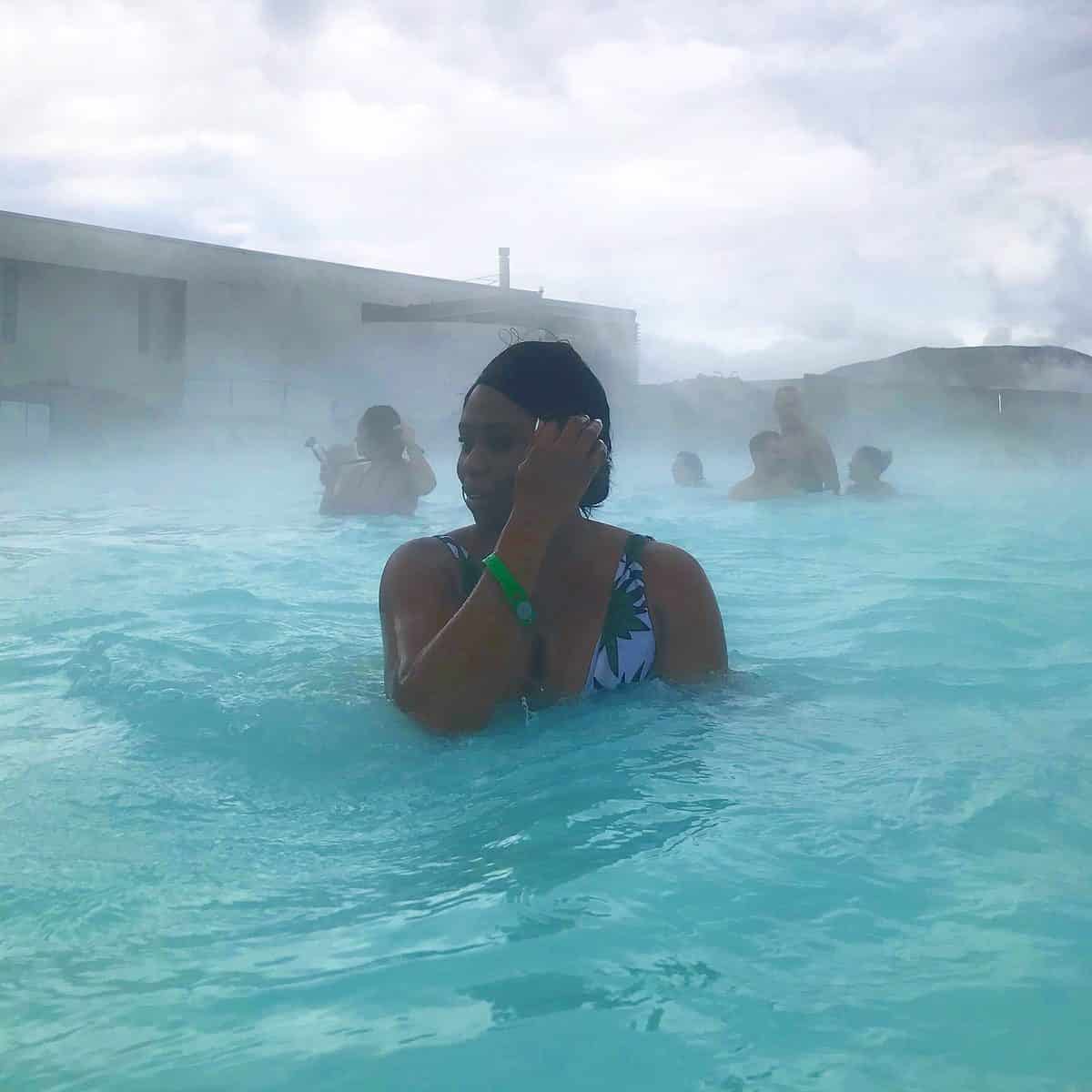
Credit: evseats.com
Frequently Asked Questions
What Is The Best Month To Visit Blue Lagoon, Iceland?
The best month to visit Blue Lagoon, Iceland is June. Enjoy milder weather, extended daylight, and fewer crowds.
What Time Is Best To Go To Blue Lagoon, Iceland?
The best time to visit Blue Lagoon, Iceland is early morning or late evening to avoid crowds. Enjoy a serene experience.
Which Is The Best Month To Go To Iceland?
July and August are the best months to visit Iceland. Enjoy the mild weather, longer days, and vibrant landscapes.
What Are The Cons Of The Blue Lagoon?
The Blue Lagoon can be crowded and expensive. The water contains high levels of silica, which may irritate sensitive skin.
Conclusion
The Blue Lagoon in Iceland offers an unforgettable experience. Plan your visit for early mornings or late evenings. These times are less crowded and more peaceful. Enjoy the warm, soothing waters and stunning scenery. A trip to the Blue Lagoon can be a highlight of your Iceland adventure.
Remember to book in advance to secure your spot. Have a wonderful time exploring this magical place!






